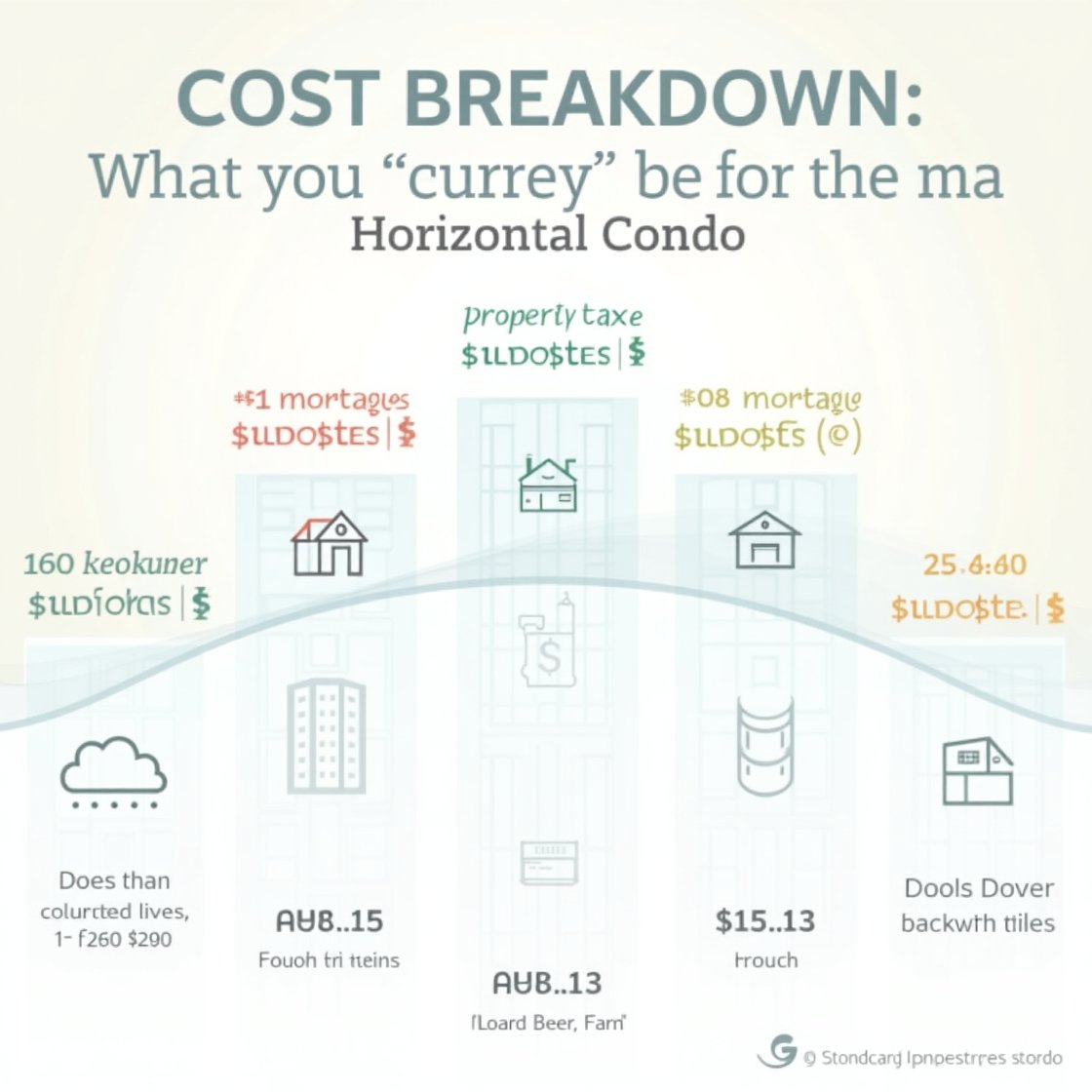When considering buying a home in a horizontal gated community, many people focus on the purchase price of the property itself. However, living in a horizontal condominium involves additional costs and shared responsibilities that can impact your monthly budget. Understanding exactly what you are paying for helps you make a smarter financial decision and avoid surprises later.
In this article, we’ll break down the typical costs associated with horizontal condos, what’s included in HOA fees, and how these expenses translate into value for residents.
1. The Purchase Price of the Home or Lot
The first and biggest cost is, of course, the property purchase.
- Completed houses: Often sold with standard finishes and ready for move-in.
- Lots for custom building: Lower initial price, but requires construction investment.
- Spec homes: Pre-designed houses built by developers to balance cost and speed.
Factors affecting purchase price:
- Location of the condo (city vs. suburban)
- Lot size and house design
- Community amenities and reputation
- Demand in the local real estate market
2. HOA Fees (Homeowners Association Fees)
Monthly or quarterly HOA fees are a hallmark of horizontal gated communities. These fees cover the maintenance and operation of shared areas and services.
Common inclusions:
- Security staff and surveillance systems
- Landscaping of common areas
- Street cleaning and lighting
- Maintenance of amenities (pools, courts, clubhouses)
- Administrative costs of the HOA
HOA fees vary widely depending on:
- Number and quality of amenities
- Size of the community
- Location and labor costs
3. Property Taxes
Like any home, you’ll pay annual property taxes. In gated communities, taxes may be slightly higher due to:
- Better infrastructure
- Higher property valuation
- Location in desirable suburban or peri-urban zones
Always research local tax rates and factor them into your budget.
4. Insurance
Horizontal condo homes require standard homeowners insurance. In some communities, additional coverage may be necessary for:
- Natural disasters (floods, earthquakes)
- Shared wall or infrastructure damage
- Liability for accidents in common spaces
Check whether the HOA has a master insurance policy covering certain areas — this can reduce your individual costs.
5. Utilities
Residents are typically responsible for their own utilities:
- Water and sewage
- Electricity
- Gas
- Internet and cable
However, some horizontal condos negotiate bulk rates for services like internet or waste collection, included in HOA fees.
6. Maintenance Costs Beyond HOA
While HOA covers shared areas, homeowners must maintain their own houses and yards.
Potential expenses include:
- Lawn care and landscaping inside your lot
- Repairs and replacements for plumbing, roofing, etc.
- Pest control
- Exterior painting (often regulated by HOA guidelines)
Budgeting for regular upkeep keeps your property value high and avoids sudden large expenses.
7. Amenity Usage Costs (Optional)
Most amenities are covered in the HOA fee, but some communities charge small usage fees for:
- Reserving clubhouses for private events
- Booking sports courts or party spaces
- Specialized fitness classes or trainers
These fees help manage demand and fund additional maintenance.
8. Reserve Funds and Special Assessments
Well-managed HOAs build a reserve fund to cover major future expenses like:
- Road resurfacing
- Pool renovations
- Infrastructure upgrades
Sometimes, if reserves are insufficient, residents face special assessments — one-time payments for large projects. Reviewing the HOA’s financial health before buying helps you avoid unpleasant surprises.
9. Landscaping and Gardening
Some horizontal condos include basic front yard maintenance in HOA fees to maintain a uniform look. Others leave it entirely to homeowners.
- If included: You may pay slightly higher HOA fees.
- If not included: Budget for regular lawn care, especially if landscaping standards are strict.
10. Hidden Costs to Watch For
Beyond obvious expenses, there are less-discussed costs:
- Application or transfer fees when buying
- Move-in deposits for using trucks or common areas
- Fines for breaking HOA rules (noise, landscaping violations)
- Pest control for the entire community (sometimes billed separately)
Reading the HOA bylaws carefully can save you from unexpected charges.
11. How These Costs Translate Into Value
It’s easy to view HOA fees and other expenses as a burden, but they offer tangible value:
- Consistent maintenance keeps property values rising.
- Security reduces risk and insurance costs.
- Amenities save money on external memberships (gyms, clubs).
- Shared infrastructure spreads costs among all residents.
When managed properly, these costs create a better living experience and strong investment protection.
12. Budgeting Tips for Horizontal Condo Living
- Calculate total monthly housing cost: mortgage + HOA + utilities + maintenance.
- Keep a maintenance reserve for unexpected repairs.
- Review HOA financial reports annually.
- Compare HOA fees with the value of amenities provided.
- Avoid stretching your budget to buy the most expensive lot if it leaves no room for ongoing costs.
Final Thoughts: Clarity Equals Comfort
Living in a horizontal gated community offers many benefits, but understanding the true cost structure is essential to enjoy them fully. By knowing exactly what you’re paying for and how those costs support the community, you can budget wisely and make the most of your investment.
When considering a horizontal condo, don’t just ask about the house price — ask about HOA fees, reserves, maintenance obligations, and included services. The clearer the picture, the smoother and more enjoyable your experience will be.
